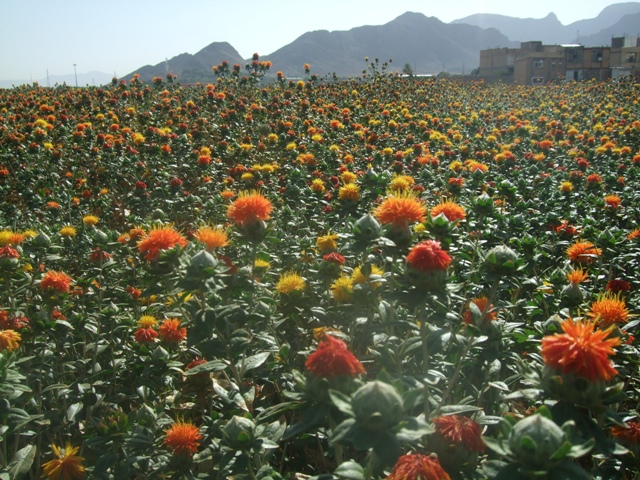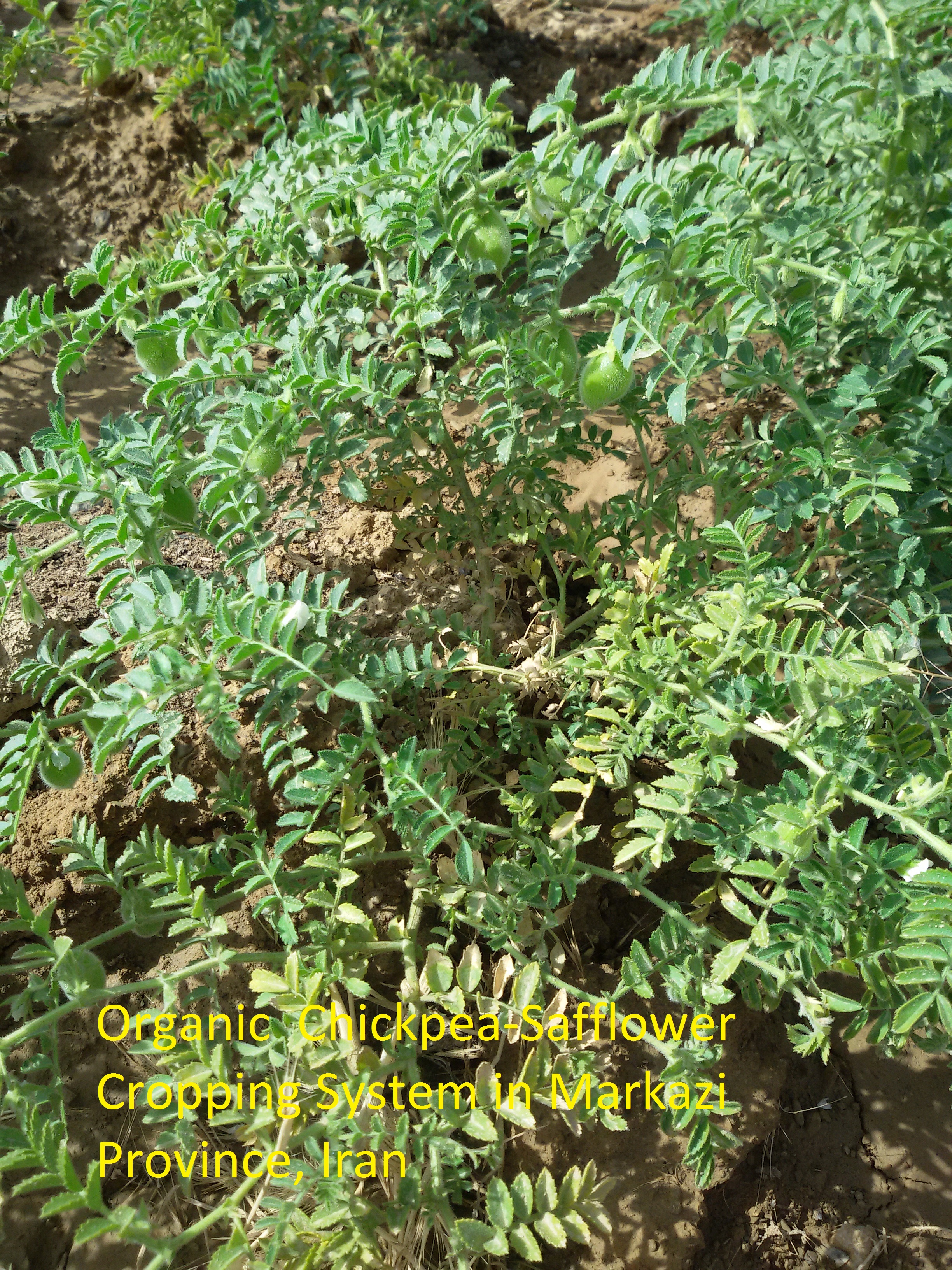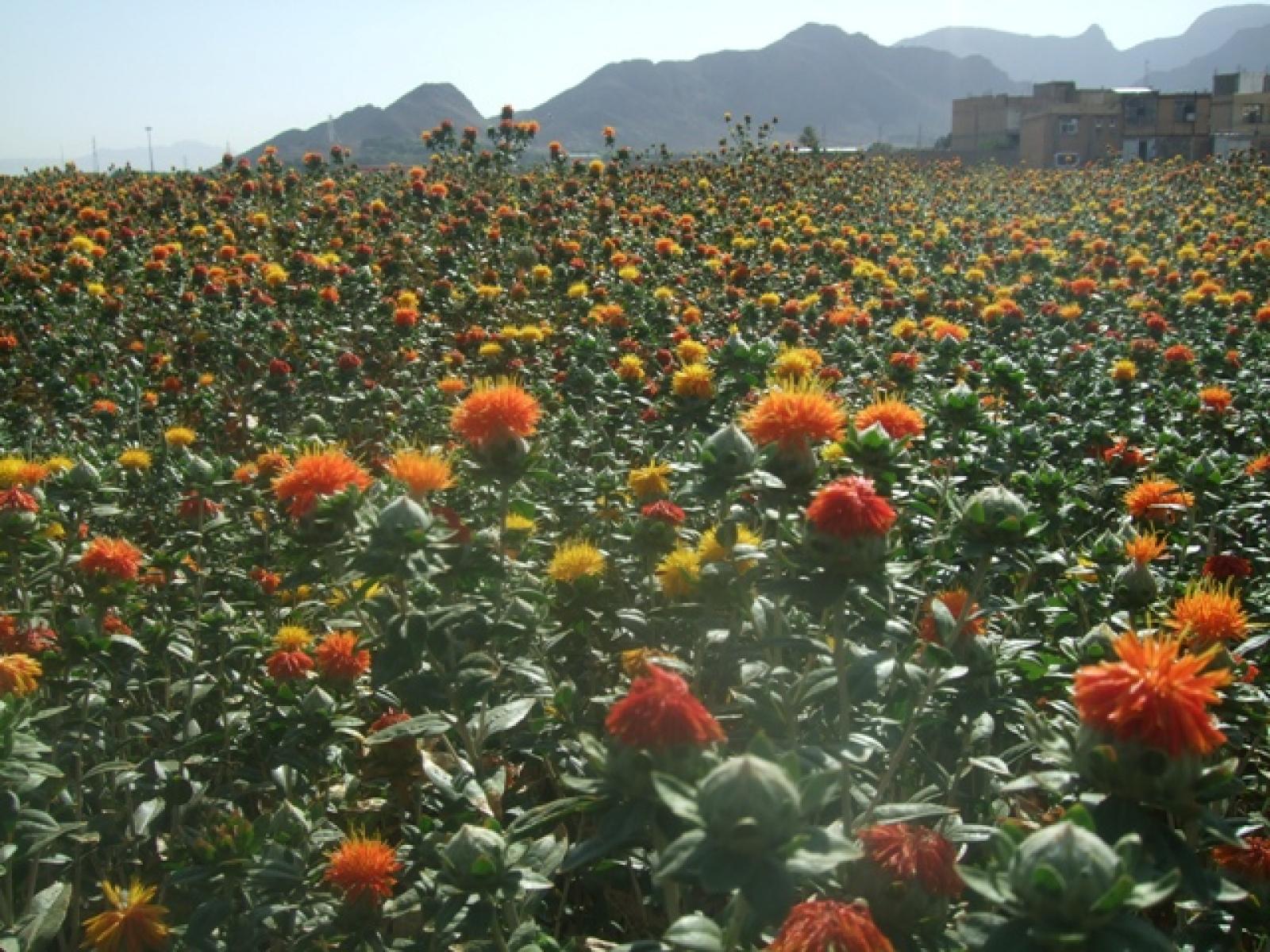An Overview Of Our Solution
- Population Impacted:
- Continent: Asia
Organization type
Population impacted
Size of agricultural area
Production quantity
People employed
Describe your solution
Describe your implementation
External connections
What is the environmental or ecological challenge you are targeting with your solution?
Describe the context in which you are operating
Cropping system design includes winter cultivation of chickpea and then cultivation of safflower in an organic way. The cropping system can be replaced with water-consuming cultivation in the spring and summer such as corns and beans. In common cultivations a plant is cultivated in late spring and usually fall cultivation is left fallow. In some years, the winter wheat crop is cultivated intermittently. Cultivation system of chickpea-safflower organically is started in December; each year, after harvesting chickpeas in the spring and the remaining of the green wastes of the plant, the soil is plowed to be used as green manure for safflower. In this method, we can use the winter and spring rains to plant Chickpea and only one or two supplementary irrigation is needed in late spring; therefore, while harvesting the crops, we can help fertility of the soil. Safflower, like chickpeas is one of the native plans to the region and its cultivation (native varieties) can help attain agricultural biodiversity because its cultivation has fallen in recent years. Interestingly, this plant is resistant to drought and salinity and its need of water for irrigation is one-third of water needed for irrigation of maize and beans. In organic cultivation of these crops, synthetic chemical fertilizers and pesticides are not used; in addition, the green and available manure is used. Hence, biodiversity of soil is achieved. Harvesting two crops can result in the increase in income and food security
How did you impact natural resource use and greenhouse gas emissions?
Language(s)
Social/Community
Water
Food Security/Nutrition
Economic/Sustainable Development
Climate
Sustainability
increased stable income of rural families regarding the culture of local crops with the minimum water use, available organic inputs and increase in the long-term performance due to increased soil fertility through Bulky organic manure.In addition to increasing the income of rural farmers in areas with water shortage, the agricultural system and its new management meets the dietary needs of the region in terms of protein (peas) and food coloring (Safflower). More importantly, increased soil fertility and consequently increased biodiversity of soil organisms (insects and microorganisms) as well as the preservation of local varieties of peas and safflowers are in accordance with origins of Markazi Province (central Iran).
Return on investment
Entrant Image

Entrant Banner Image

